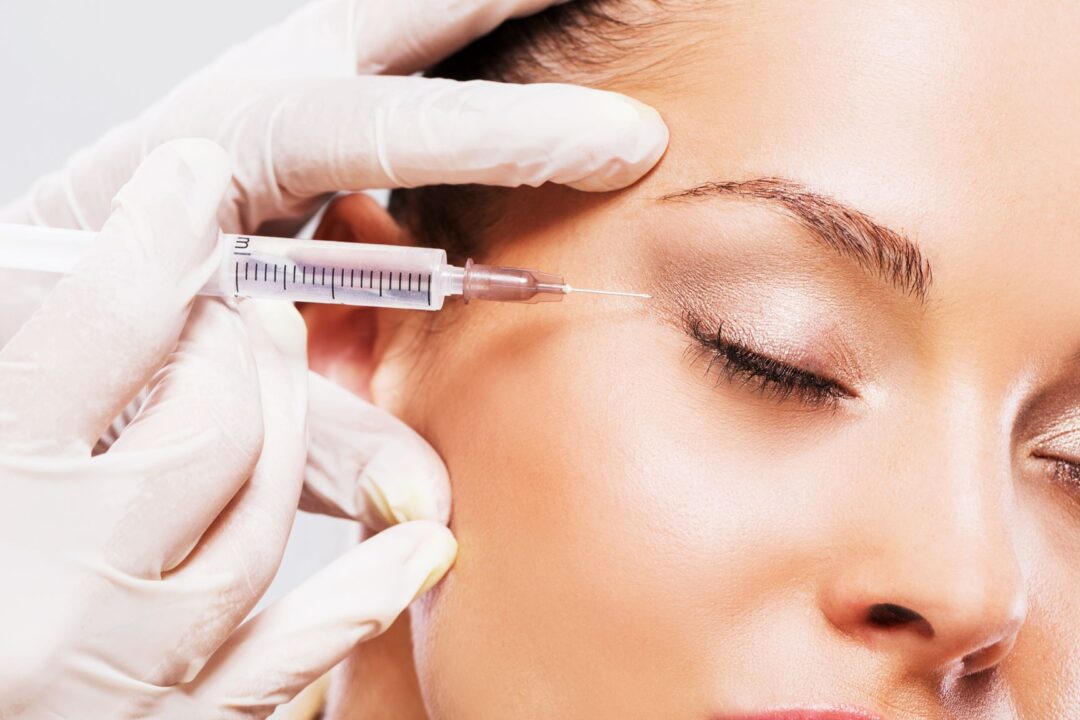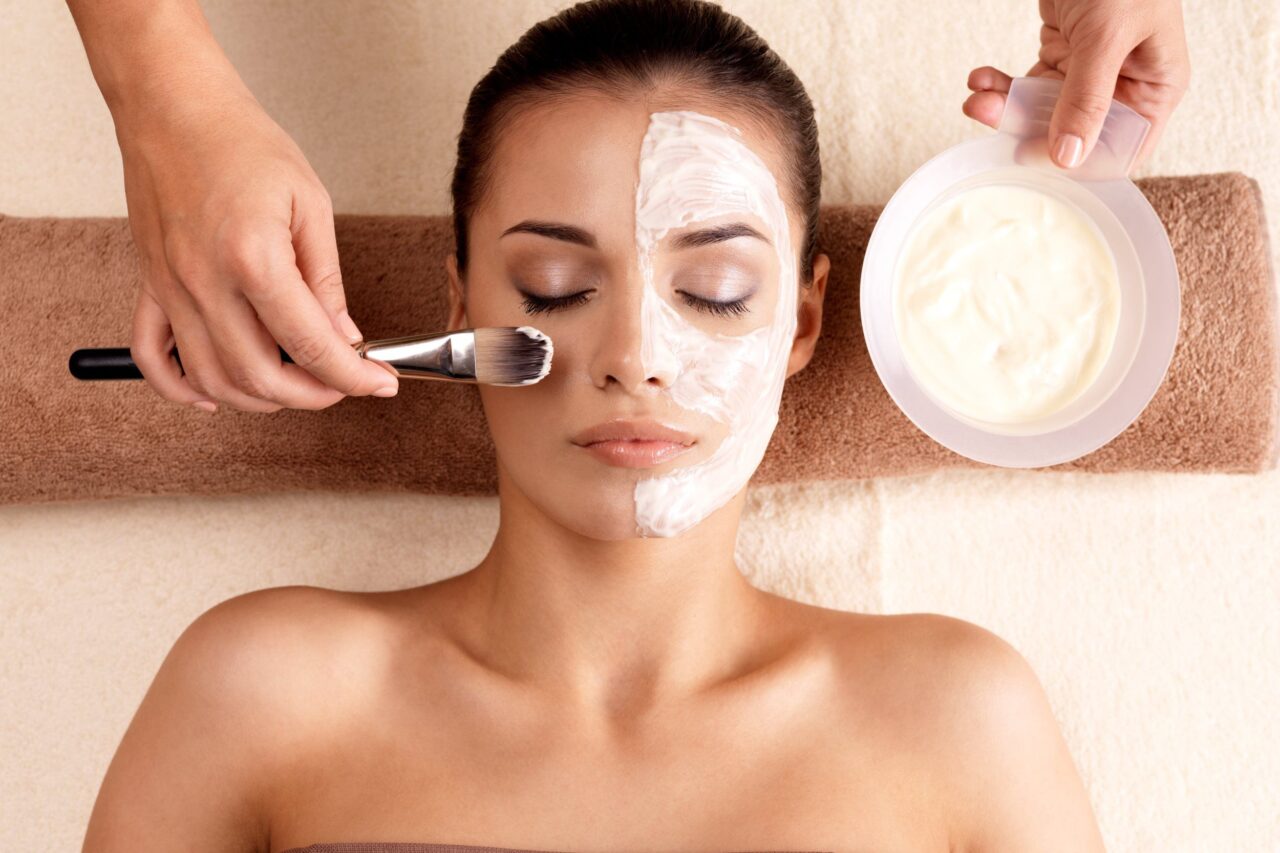You must never underestimate the power of the eyebrow
Jack Black
As I have developed my new and more specialised courses I have realised that clients, and more importantly, Therapists are interested in how the treatments have come about, how they have developed and the role they have played and will continue to play in the Beauty Industry. It is remarkable how interesting this is and I have found it creates an invaluable second dimension to the treatments. Microblading is just such a treatment.
Where did Microblading start?
Had you been visiting Korea or Singapore in Asia some 25 years ago you would have seen many salons and beauty booths in street markets next to street food stores but offering eyebrow embroidery. Just one of the names by which Microblading was known and used to describe the implanting of pigments into the skin through tiny fine incisions. It was a popular treatment for asian women.
Eyebrows have always been a hugely significant part of any beauty treatment. As far back as Ancient Egypt, men and women both wore makeup and followed fashion trends. Thick, bold brows were the style of choice for the purpose of paying homage to the God of protection and good health, Horus. The deity is depicted wearing dark eyebrows, and eye makeup and the Egyptians followed suit and used black oxide and carbon paint around their eyes.
It was also believed that this look was thought to repel flies and ward off infection, while protecting the eyes from the sun, at the same time as channeling Horus’ protective powers. Who has not seen the death mask of Tutankamun with its eyes lined in thick black, or the archetypal depictions of Cleopatra with those sultry and alluring eyes for which she was known.
During the time of the Greeks and Romans, makeup reflected cultural values that focused on a woman’s purity and natural features. In Greece, married women left their eyebrows untouched while unwed women would darken their brows with black incense.
The ancient Romans believed unibrows were a sign of intelligence and women even went so far as to draw in a faux unibrow to give the appearance of one.
In the Elizabethan times in Europe, elevated brows were all the rage, where the higher the brow, the higher the social class. Women plucked their eyebrows thinner and removed hair from their hairlines to create the illusion of a larger forehead. Walnut oil was often rubbed into hairlines and on eyebrows to thwart growth, even performing this beauty practice on children.
Top 18th Century Brow Treatments – Yes Microblading
Whilst transparent eyebrows had proved popular in previous eras, with the start of the 18th Century, a dark, full brow became desirable. Overplucking and the use of toxic lead- based cosmetics had led to hair loss, making it difficult for women to regrow their brows.
As early as 1703, it had become the custom to trap mice and use their fur to form artificial brows as a solution for hair loss. Mice pelts were trimmed into a desirable shape and stuck to the forehead using an adhesive.
How things have changed and thank goodness for that. I am absolutely sure I would not like the idea of a mouse on my forehead, however well styled it might have been.
After decades of minimal effects on the eyebrow, the cinema and films became a popular form of entertainment in the 1920s and 1930s. The emergence of the movie star began to sway trends in the enhancement of brows. These film stars popularised ultra-thin brows by plucking or shaving off the hair, mimicking practices from the Elizabethan times and Medieval Asia.
The chic look of the 1920s was pencilling on thin eyebrows with a downward slope creating an intentionally moody look. It was also common to apply Vaseline on their eyebrows to create shine in an effort to draw attention.
Microblading during World War II
The start of World War II in 1939 had a widespread effect on beauty industry trends as women were needed to join the workforce and had less time for grooming. Low-maintenance brows that were easy to maintain became popular. Movie stars still had a relevant influence as the likes of Audrey Hepburn, and Marilyn Monroe sported dramatically arched brows. As the war came to an end and the decade progressed, brows once again were well-groomed. At this same time, more and more women started using makeup as a daily routine.
The swinging 60’s brought a range of experimental makeup trends to go alongside the free-spirited fashion of the time. Sophia Loren had the most talked about and coveted brows and was known for shaving off the eyebrow entirely and pencilling them back on in short strokes. Natural makeup looks were common for women emulating the style of celebrities, whilst hippies of the time rejected makeup altogether.
Disco music and the burgeoning nightlife brought about some experimental looks such as dark painted brows and platinum blond hair or thin 20’s era brows tapping into nostalgic glamour. At this time, eyebrow waxing became a widespread treatment in salons and at home, with kits easily available to maintain the brow. The faker they looked, the better.
80s, 90s and Now… The Brow Revolution
The ’80s and ’90s placed great significance on the brow. During the ’80s the motto of bigger is better prevailed so brows were both big and beautiful. The ‘heroine chic’ trend of the 90’s meant brows were groomed but natural and left to frame the face.
By the end of the decade, super thin eyebrows were once again in-trend, and people began over-plucking brows and pencilling them in to mimic celebrities of the time. The 1920’s brow was once again back in fashion.
At the turn of the Century, brows were a continuation of the thin arches from the ’90s. Brows remained thin. The tweezers were finally laid to rest in the 2010s where people tried to regrow their eyebrows and recoup the damages from decades of over-plucking. The full-grown brow made a comeback with the centre tufts of hair brushed up, giving the look of eyebrows set fairly close together.
The years of brow neglect led to the rise in demand for in-salon brow procedures, such as microblading, lamination and regrowth serums. The rise of social media has now led to the ‘brows on fleek’ movement where women carefully draw, powder and highlight their brows to perfection.
Europe was a bit slower in catching on to Microblading as during the early years of the 21st Century it was extremely popular amongst Asian women but by 2015 it had become the most searched for treatment on Google, overtaking Permanent Make Up.
Microblading – What’s its future?
I am not at all surprised that in today’s age Microblading is becoming such a popular and valuable treatment for people. In our busy lives what could be better than not having to slow down your day to apply make up. A well shaped brow can only increase the attractiveness of our eyes
Eyes have often been described as the windows to our souls and with the current necessity of having to wear face masks which cover up so much of our faces, eyes have increased in importance in helping to communicate with others. So I believe we owe it to ourselves and others to frame our eyes with a beautifully shaped brow that will help us to show our emotions and ‘talk’ with people.
So although a slow starter initially I can see an enormous future for Microblading and I firmly believe that all Beauty Therapists can only,benefit from including it in their portfolios of treatments






